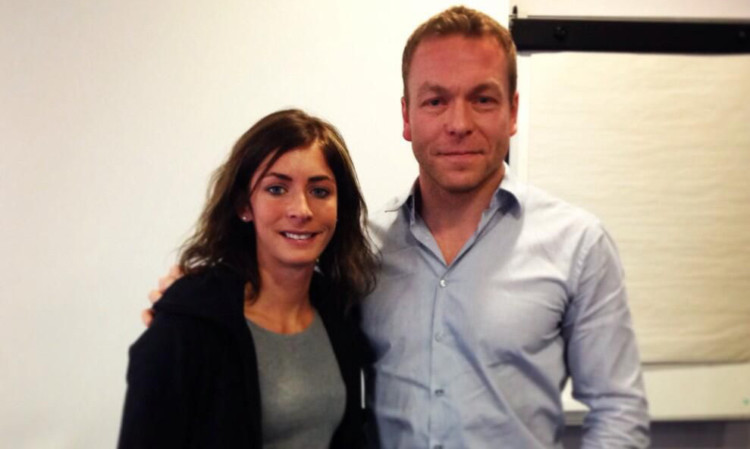When you’re talking Scottish Olympians, they don’t come any more inspirational than Sir Chris Hoy.
In fact, when you’re talking British Olympians, they don’t come any more inspirational than Sir Chris Hoy.
As everybody knows, his six golds make him the most successful Brit ever.
So he was the perfect choice to come up to Stirling this week and give a talk to all the Scottish curlers ahead of next month’s Games.
I’d met him once before at the new velodrome in Glasgow when I was working for the BBC but I didn’t get the chance to pick his brains that day.
He was kind enough to give us all plenty of his time on Wednesday, and what he doesn’t know about an Olympics isn’t worth knowing.
One of the most relevant things to us was his take on how best to deal with the pressure at an Olympics.
He had that in every Games he went to, because he was always a favourite to get a medal, usually gold.
And that will be the same for us.
We’ve come a long way on that front over the last couple of years, and I’d like to think we’ve dealt well so far with being reigning World Champions.
But it’s always reassuring to hear that even a true great like Sir Chris had nerves to deal with up to the very end of his career.
What was also invaluable was his experience of filling his time between competitions.
Although curling and cycling couldn’t be more different, what we and Sir Chris have in common is that our Olympic schedules last a long time.
It’s not like an athlete who competes for just one day, and then, win or lose, it’s all over.
He’s been used to cycling in a few different disciplines, which stretches the Games out for a couple of weeks.
And, if all goes to plan and we go all the way in Sochi, will be curling pretty much from the start of the Games to the end.
So being able to take your mind off curling between matches is crucial if you don’t want to burn out.
And if there was one message above all the rest that I’ve taken away with me it was – don’t let anything distract you from the job you are there for.
It might seem like a no-brainer, but you can quite easily give too much of your time to things that won’t help your performance.
We’ll definitely be taking his tips on board.
There’s one that will have to wait four years, if we’re lucky, though.
Sir Chris told us that the first medal is the hardest to win, and after that it gets easier.
That’s maybe not what you want to hear when you haven’t won one yet!
